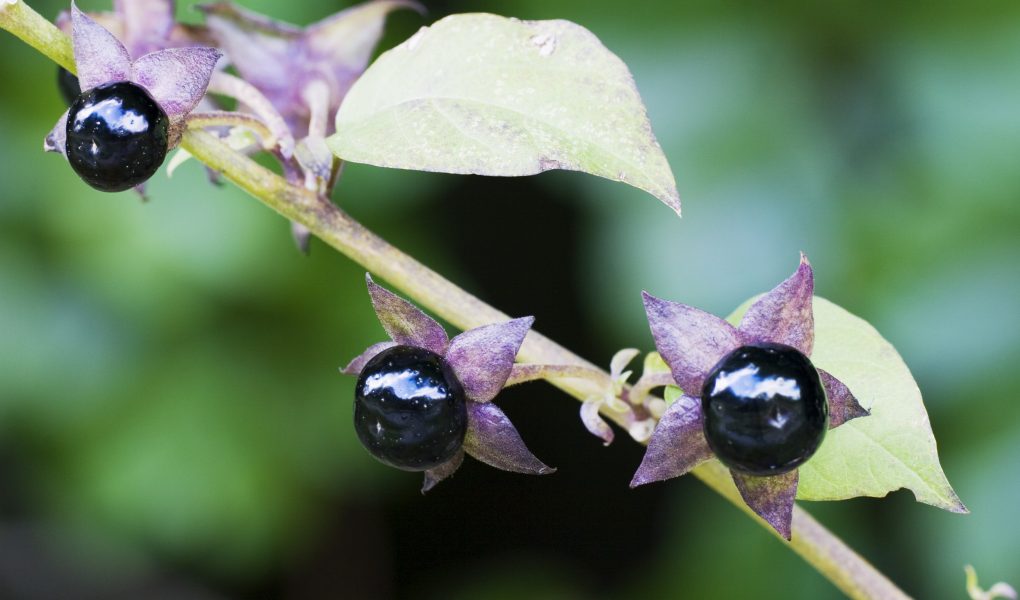kilkennybookcentre.com – Plants, often seen as harmless and even beneficial, can harbor some of the most deadly poisons known to humanity. From the historical accounts of Socrates’ death by poison hemlock to modern incidents of accidental ingestion, poisonous plants have been responsible for human fatalities throughout history. This article explores the lethal doses of some of the most notorious poisonous plants, highlighting their deadly potential and the tragic consequences of their ingestion.
Water Hemlock (Cicuta maculata)
Water hemlock, closely related to the plant that killed Socrates, is considered the most violently toxic plant in North America. It resembles Queen Anne’s lace and can be mistaken for edible plants like parsnips or celery. A single dose of water hemlock can cause painful convulsions, abdominal cramps, and nausea, leading to death within hours. The lethal dose for an adult is approximately 100 grams of the plant’s root.
Deadly Nightshade (Atropa belladonna)
Deadly nightshade is known for its sweet-looking berries that often attract children and unwitting adults. It contains atropine and scopolamine, which can cause paralysis in the involuntary muscles of the body, including the heart. Even physical contact with the leaves can cause skin irritation. The lethal dose of deadly nightshade is about 100 to 200 berries for an adult.
Castor Bean (Ricinus communis)
Castor beans, while used to produce castor oil, naturally contain the poison ricin. It only takes one or two seeds to kill a child and up to eight to kill an adult. Ricin works by inhibiting protein synthesis within cells, causing severe vomiting, diarrhea, seizures, and death. The lethal dose for an adult is approximately 10 to 15 seeds.
Rosary Pea (Abrus precatorius)
The rosary pea contains abrin, a deadly ribosome-inhibiting protein. It only takes 3 micrograms of abrin to kill an adult, less than the amount of poison in one seed. The lethal dose for an adult is approximately 0.000003 grams of abrin.
Oleander (Nerium oleander)
Oleander is a beautiful plant known for its striking flowers, but all parts of the plant are highly toxic. It contains cardiac glycosides that can cause heart failure. The lethal dose for an adult is about 100 grams of the plant’s leaves.
Conclusion
The lethal doses of these poisonous plants underscore the importance of plant identification and awareness. Accidental ingestion of these plants can lead to severe health consequences, including death. It is crucial for individuals to be cautious and knowledgeable about the plants in their environment to prevent such tragedies.




